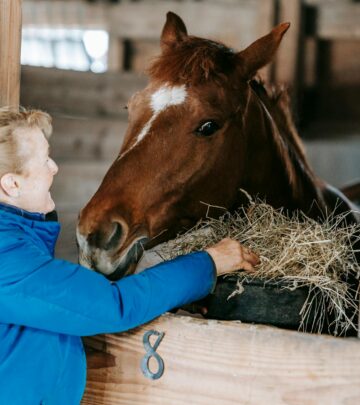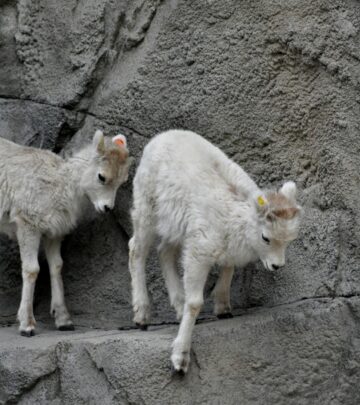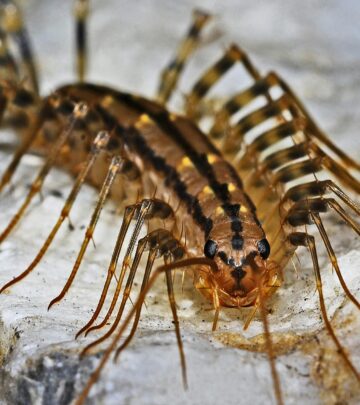How Much Does a Cat Cost? A Comprehensive Guide to Feline Expenses
Understanding the real costs of cat ownership—from adoption to long-term care.

How Much Does a Cat Cost?
Adopting a cat is a rewarding experience, but it’s important to understand the financial responsibility that comes with feline companionship. Cats, whether adopted from a shelter, rescue group, or purchased from a breeder, come with a range of costs—both upfront and ongoing. This guide breaks down the expected expenses, from adoption fees to lifelong care, and offers tips for budgeting for your new furry friend.
Adoption Fees: What to Expect
Adoption fees can vary widely depending on factors such as the cat’s age, health, breed, and where you choose to adopt:
- Shelters: Adoption fees typically range from $68 to $317.
- Rescue Groups: Fees can be about $100–$200.
- Breeders: Costs range from $300 to $1500, with designer or rare breeds costing even more.
Kittens tend to have higher adoption fees due to their healthcare needs, while older cats may be less expensive as they are adopted less frequently. Cats with special health needs may also have higher associated costs due to required at-home and veterinary care.
What’s Included in the Adoption Fee?
Adoption fees typically cover crucial veterinary care:
- Spay or neuter surgery
- Initial vaccinations
- Microchipping
- Basic health check
- Deworming treatments
- Flea and tick prevention
Some shelters or rescue groups also include starter supplies, such as a small bag of food or a litter box.
Upfront Costs When Bringing a Cat Home
In addition to the adoption fee, new cat owners should anticipate several initial expenses to ensure their pet is comfortable and healthy:
- Carrier: $20–$60
- Litter box & litter: $25–$75
- Food & water bowls: $10–$30
- Initial supply of cat food: $15–$30
- Bedding: $15–$35
- Scratching post/toys: $15–$40
- First veterinary exam (if not included): $75–$200
These costs ensure your cat starts off on the right paw and feels at home from day one.
Ongoing Monthly and Yearly Cat Ownership Costs
Owning a cat is a long-term commitment, and the costs add up throughout their life. Here’s a breakdown of typical recurring expenses:
| Expense | Monthly Cost | Yearly Cost |
|---|---|---|
| Food | $20–$50 | $240–$600 |
| Litter | $10–$30 | $120–$360 |
| Toys & Enrichment | $5–$15 | $60–$180 |
| Routine Vet Care | $10–$30 | $120–$360 |
| Pet Insurance | $32 (avg.) | $380 |
| Miscellaneous (grooming, treats) | $5–$15 | $60–$180 |
These figures are averages—costs may be lower or higher depending on your cat’s specific needs and lifestyle.
Other Potential and Unexpected Expenses
- Pet Fees in Rental Homes or Apartments: Many landlords charge a one-time pet deposit or a recurring monthly pet fee. Always inquire about additional costs before adoption.
- Boarding or Pet Sitting: When traveling, you may need to board your cat or hire a pet sitter, which can range from $15–$50 per day.
- Medical Emergencies: Unforeseen vet bills for injuries or illness can be significant, with emergency visits often costing hundreds or even thousands of dollars.
- Professional Grooming: While many cats groom themselves, long-haired or special-needs cats may require periodic professional grooming services.
- Replacement of Worn Items: Scratching posts, toys, and bedding wear out and need periodic replacement.
What Impacts the Cost of Cat Ownership?
Several factors can affect how much you’ll spend:
- Age: Kittens typically come with higher upfront costs due to vaccinations, spay/neuter, and vet visits. Senior cats might need more frequent healthcare but are usually less expensive to adopt.
- Health & Breed: Purebred or designer cats are more expensive to acquire and may have higher medical costs due to breed-specific health issues.
- Geographic Location: Urban areas may have higher vet, grooming, and general pet care costs compared to rural locations.
Breeder vs. Shelter vs. Rescue: Cost Comparison
| Source | Initial Adoption/Purchase Fee | What’s Included |
|---|---|---|
| Shelter | $68–$317 | Spay/neuter, vaccines, microchipping, health exam |
| Rescue Group | $100–$200 | Spay/neuter, some vaccines, basic vet care |
| Breeder | $300–$1500+ | First round vaccines, deworming (other medical needs not included) |
Shelters and rescue groups often offer more comprehensive initial veterinary care for your adoption fee, making them a cost-effective option for many adopters.
Cat Insurance: Is It Worth It?
Pet insurance can help you manage veterinary costs, particularly in an emergency. According to the North American Pet Health Insurance Association, the average cost for cat insurance is about $380 per year (around $32 per month). Some shelters have partnerships with insurance companies, offering discounted rates for newly adopted cats.
- Compare plans to ensure it covers both accidents and illnesses.
- Ask the shelter or rescue if they provide insurance deals upon adoption.
Budgeting for a Cat: Long-Term Considerations
The lifetime cost of owning a cat can range from $8,000 to $15,000 or more over 15–20 years, depending on health, breed, and lifestyle. Responsible budgeting is key to providing your feline with the quality of life they deserve.
- Factor in annual increases in food, veterinary, and supply costs.
- Set aside an emergency fund for unexpected healthcare needs.
- Periodically review and adjust your cat care budget as your cat ages or if your situation changes.
Ways to Save on Cat Care
- Adopt from Shelters or Rescues: Lower initial and ongoing medical costs.
- Buy Supplies in Bulk: Food and litter are often cheaper when purchased in larger quantities.
- Veterinary Wellness Plans: Many clinics offer wellness plans for vaccinations and check-ups at a discounted annual rate.
- Look for Pet Insurance Discounts: Especially when adopting from a partnered shelter.
- DIY Toys and Enrichment: Use household items to create safe and stimulating environments for your cat.
Frequently Asked Questions (FAQs)
Q: Are cats cheaper to own than dogs?
Generally, cats are less expensive to own than dogs, especially regarding food and basic supplies. However, veterinary care and emergencies can be comparable.
Q: What is the most unexpected cost in cat ownership?
Emergency medical care can be the most unexpected and expensive part of cat ownership. It’s wise to have an emergency fund or insurance in place.
Q: Do senior cats cost less to adopt?
Yes, most shelters offer reduced adoption rates for senior cats, but keep in mind that older pets may require more frequent veterinary care.
Q: Is pet insurance mandatory for cat owners?
Pet insurance is not mandatory, but it can help cover costly vet bills, especially during accidents or illness. Many owners find it provides peace of mind.
Q: What can I do if I’m struggling to afford my cat’s care?
Reach out to local animal welfare organizations, food banks, or low-cost veterinary clinics for assistance. Some groups offer vouchers or sliding-scale fees to help.
Conclusion: Preparing Financially for Feline Companionship
Welcoming a cat into your home brings companionship, comfort, and joy—but also a real financial commitment. By understanding all the costs involved, planning for both the expected and the unexpected, and adopting smart budgeting strategies, you and your new feline companion can enjoy a healthy, happy life together. Always adopt responsibly and consider all aspects of cat care as you make this important decision.
References
Read full bio of Shinta


















Community Experiences
Join the conversation and become a part of our empowering community! Share your stories, experiences, and insights to connect with other beauty, lifestyle, and health enthusiasts.